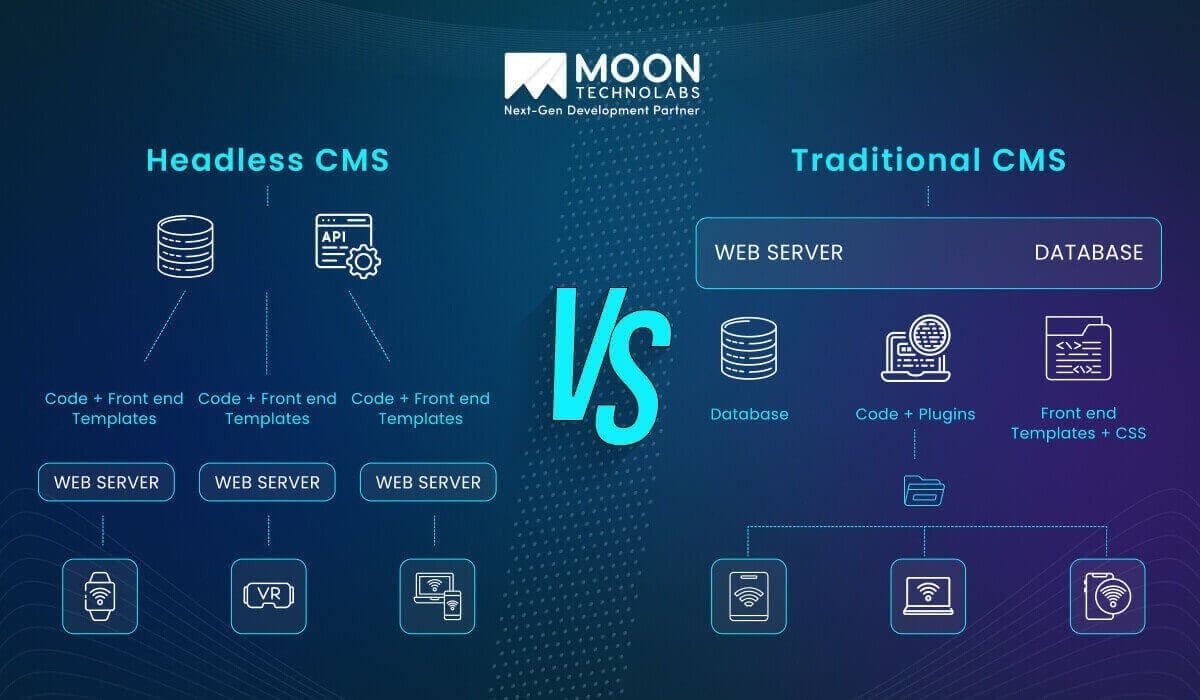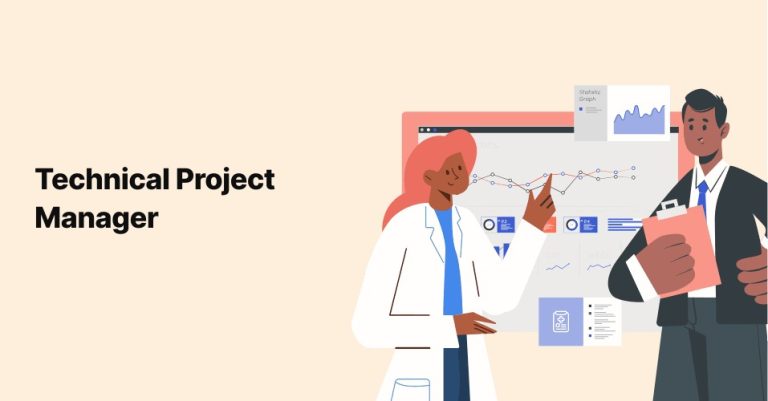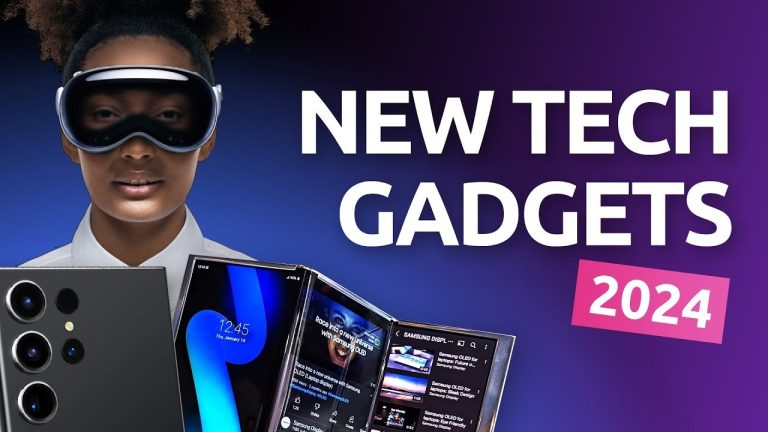What Is a Headless CMS and Why It’s Trending
A headless CMS is reshaping how businesses think about content management, offering a flexible and modern alternative to traditional systems. At its core, a headless CMS decouples the content repository—the backend—from the presentation layer—the frontend. This separation allows content to be created, stored, and managed independently of how or where it’s displayed. Instead of being tied to a specific website or template, content in a headless CMS is delivered via APIs to any digital platform, whether it’s a website, mobile app, smartwatch interface, or even a voice assistant. This architectural shift is driving a wave of innovation, especially among companies looking to scale their digital presence across multiple channels.
The appeal of a headless CMS lies in its adaptability. In a traditional CMS, the backend and frontend are tightly integrated, which can limit design freedom and complicate multi-platform delivery. For example, a marketing team using a conventional CMS might struggle to repurpose web content for a mobile app without duplicating effort or compromising consistency. A headless CMS solves this by treating content as modular and reusable. Once created, content can be distributed to any endpoint through APIs, allowing developers to build custom frontends using the frameworks and technologies that best suit their goals. This flexibility is particularly valuable in today’s omnichannel landscape, where users expect seamless experiences across devices.
From a business perspective, the shift to headless is often driven by the need for speed and scalability. As digital teams grow and diversify, the ability to iterate quickly becomes essential. A headless CMS supports agile workflows by allowing developers and content creators to work in parallel. Developers can focus on building performant, responsive interfaces without being constrained by the CMS’s templating system, while editors can manage content in a clean, structured environment. This separation of concerns reduces bottlenecks and accelerates time to market, which is critical for campaigns, product launches, and real-time updates.
Security and performance are also key factors in the rise of headless CMS platforms. By removing the frontend from the CMS, the attack surface is significantly reduced. Content is served via APIs, which can be secured and monitored independently, and the frontend can be hosted on static site generators or content delivery networks, improving load times and resilience. For businesses operating in regulated industries or handling sensitive data, this architecture offers greater control and compliance. It also supports localization and personalization at scale, enabling dynamic content delivery based on user preferences, location, or behavior.
The trend toward headless is further fueled by the rise of composable architecture. Companies are increasingly moving away from monolithic platforms in favor of modular ecosystems where best-of-breed tools are integrated to meet specific needs. A headless CMS fits naturally into this model, acting as a central content hub that connects with e-commerce platforms, analytics tools, personalization engines, and more. This interoperability allows businesses to build tailored digital experiences without being locked into a single vendor or technology stack. It also future-proofs their infrastructure, making it easier to adopt new tools or pivot strategies as the market evolves.
For content teams, the transition to headless can be both empowering and challenging. While the backend interface is often cleaner and more focused, the lack of a built-in preview or WYSIWYG editor can require a shift in mindset. Editors may need to collaborate more closely with developers to understand how content will appear across different channels. However, many headless CMS platforms are addressing this with visual editors, live previews, and structured content models that guide authors without limiting creativity. The result is a more intentional and scalable approach to content creation, where structure supports flexibility rather than constraining it.
Startups and enterprises alike are embracing headless CMS solutions to stay competitive. For startups, the ability to launch quickly and iterate without technical debt is a major advantage. They can build sleek, modern interfaces using the latest frontend technologies while maintaining a robust content backend. For larger organizations, headless CMS platforms support complex workflows, multilingual content, and global distribution, all while integrating with existing systems. This versatility makes headless CMS a compelling choice for businesses at every stage of growth.
Ultimately, the rise of headless CMS reflects a broader shift in how we think about digital content. It’s no longer just about managing pages—it’s about orchestrating experiences across a fragmented and fast-moving digital landscape. By decoupling content from presentation, businesses gain the freedom to innovate, the agility to respond, and the scalability to grow. As consumer expectations continue to evolve, the ability to deliver consistent, personalized, and performant content across channels will be a defining factor in digital success. Headless CMS platforms are not just a trend—they’re a strategic response to the demands of modern content management.







